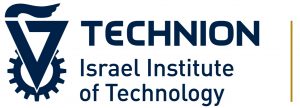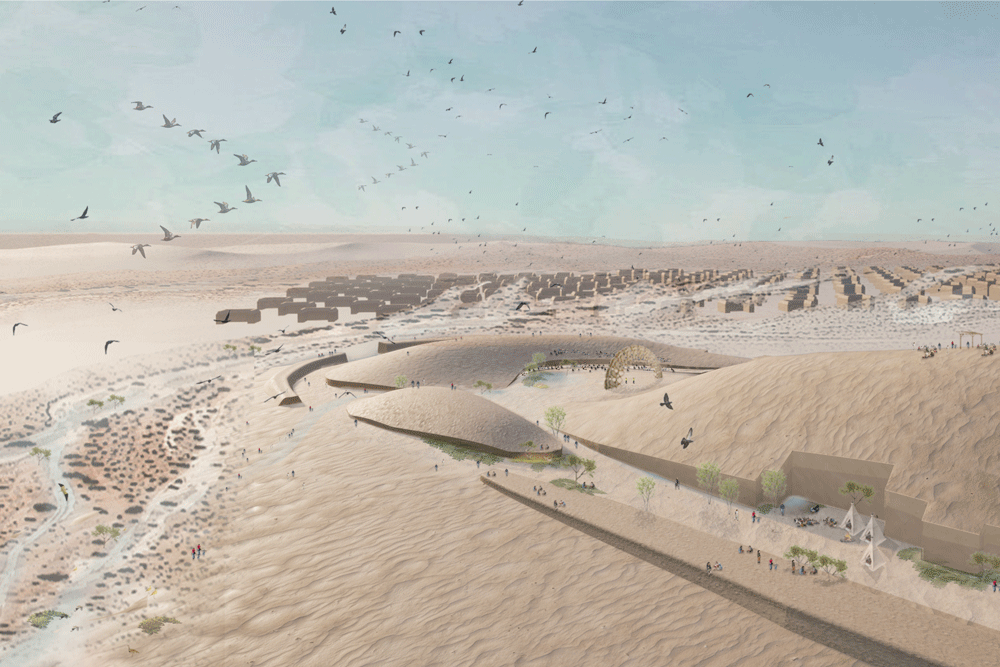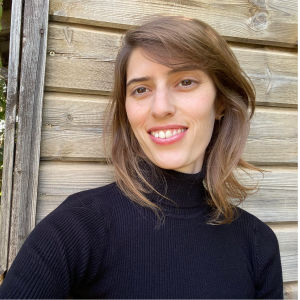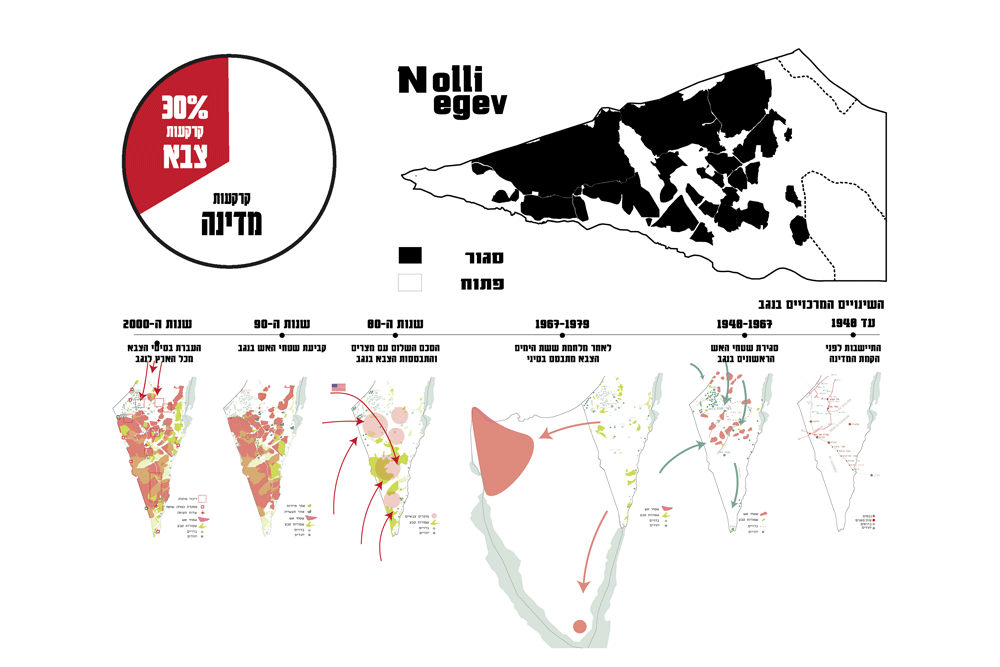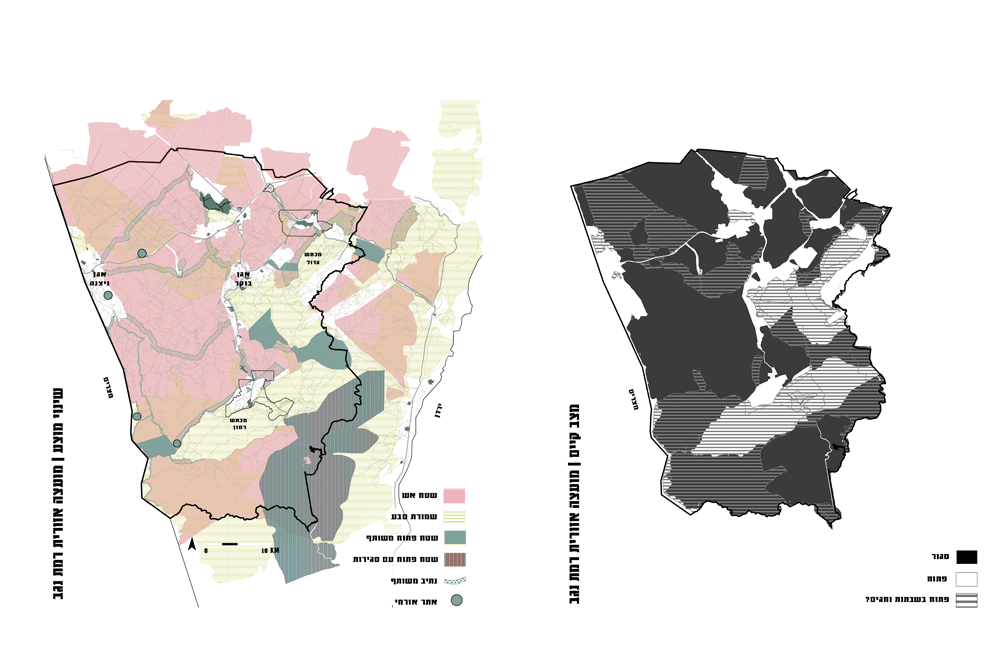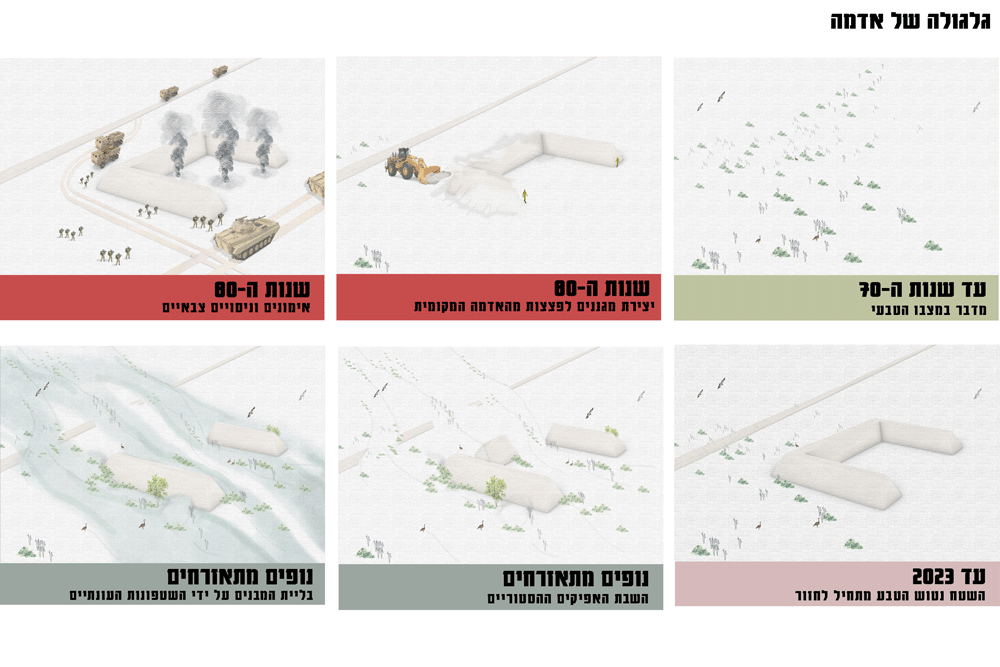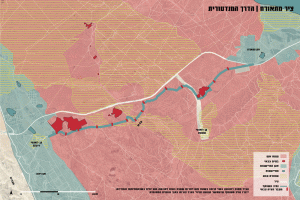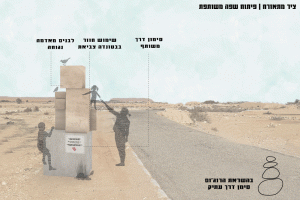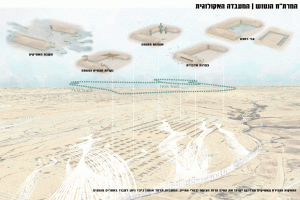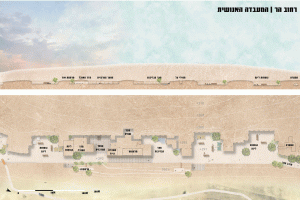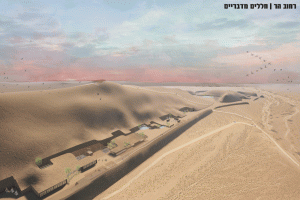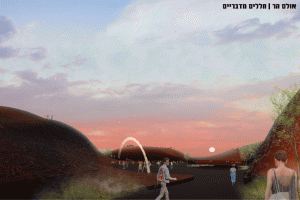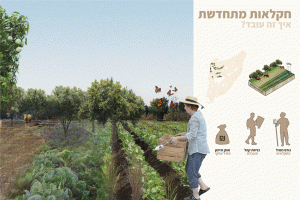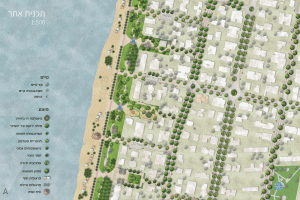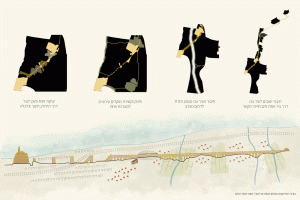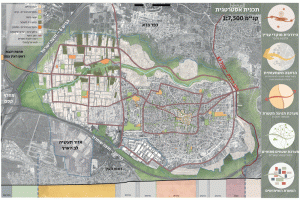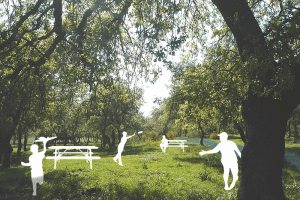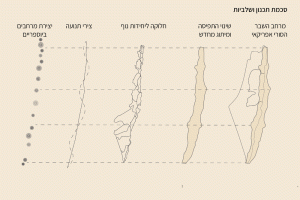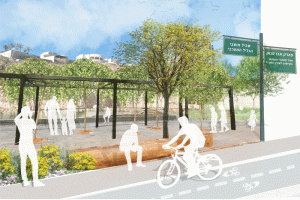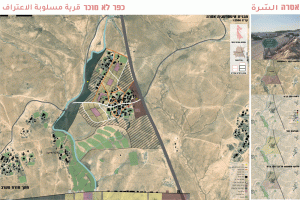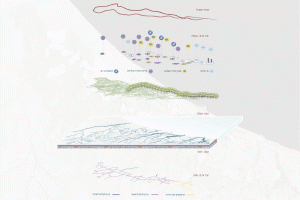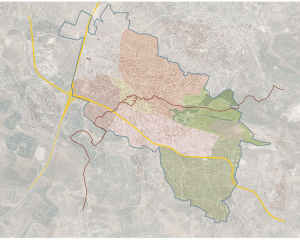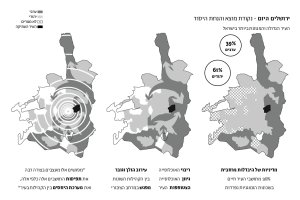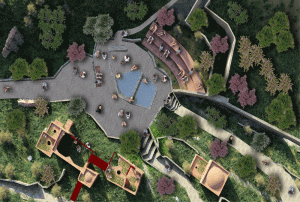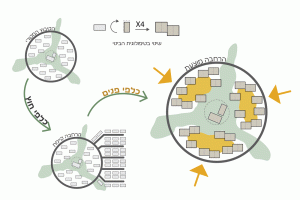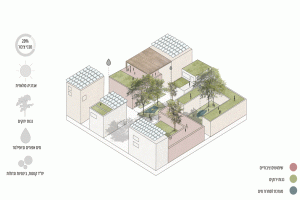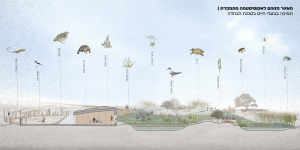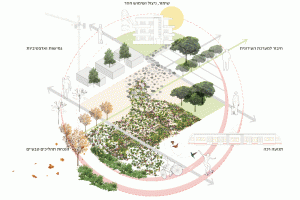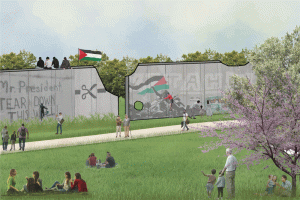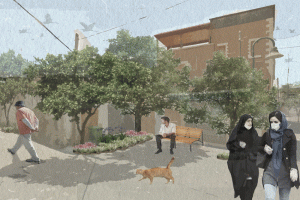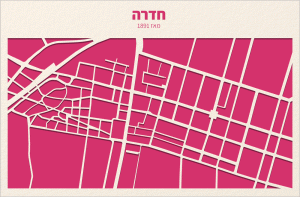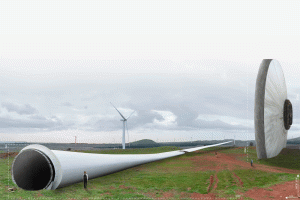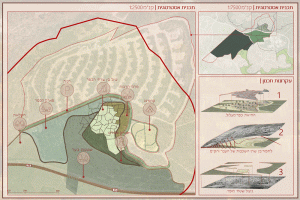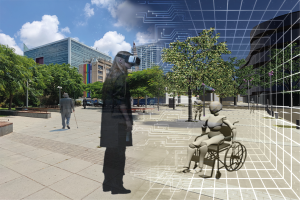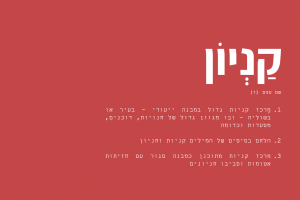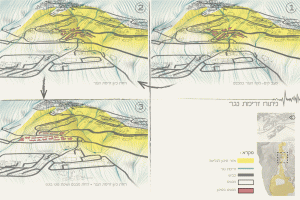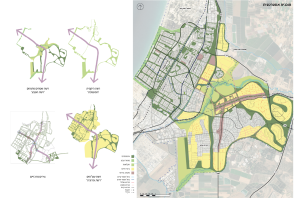Democratize Military Landscapes
At a time of population growth and increasing density in Israel, a significant region remains largely inaccessible, marked by ongoing division, disruption, and marginalization. The landscape of the Israeli Negev has been transformed, now dominated by military facilities and firing zones. Approximately one-third of Israel and 80% of the Negev region are subject to national security regulations, underscoring the extent of this closed-off area. The firing zones act as catalysts for isolating the desert, creating boundaries of intimidation and exclusion through maps, signs, and access arrangements. However, Israeli identity is intrinsically linked to the desert’s open air, freedom, and rich flora and fauna.
This project advocates for the democratization of spaces, expanding civilian freedom within firing zones, and creating secure havens within national security areas. My proposal focuses on enhancing pathways and spaces, restoring and repurposing abandoned firing zones based on military typologies, and establishing a shared language that reflects the desert landscape.
Particularly, I aim to focus on Nitzana, a civilian enclave located within a firing zone, nestled between creeks and settlements and filled with abandoned military “earth structures.” These remnants will be transformed into “ecology labs,” serving as educational hubs that integrate diverse landscapes within a military zone. These labs will encompass nature conservation, desert agriculture, pathways, and platforms for creative interventions. Safe routes will extend from Nitzana, seamlessly connecting to the wider regional network.
By embracing this transformative approach, the Negev can awaken from its silence, fostering freedom and action.
